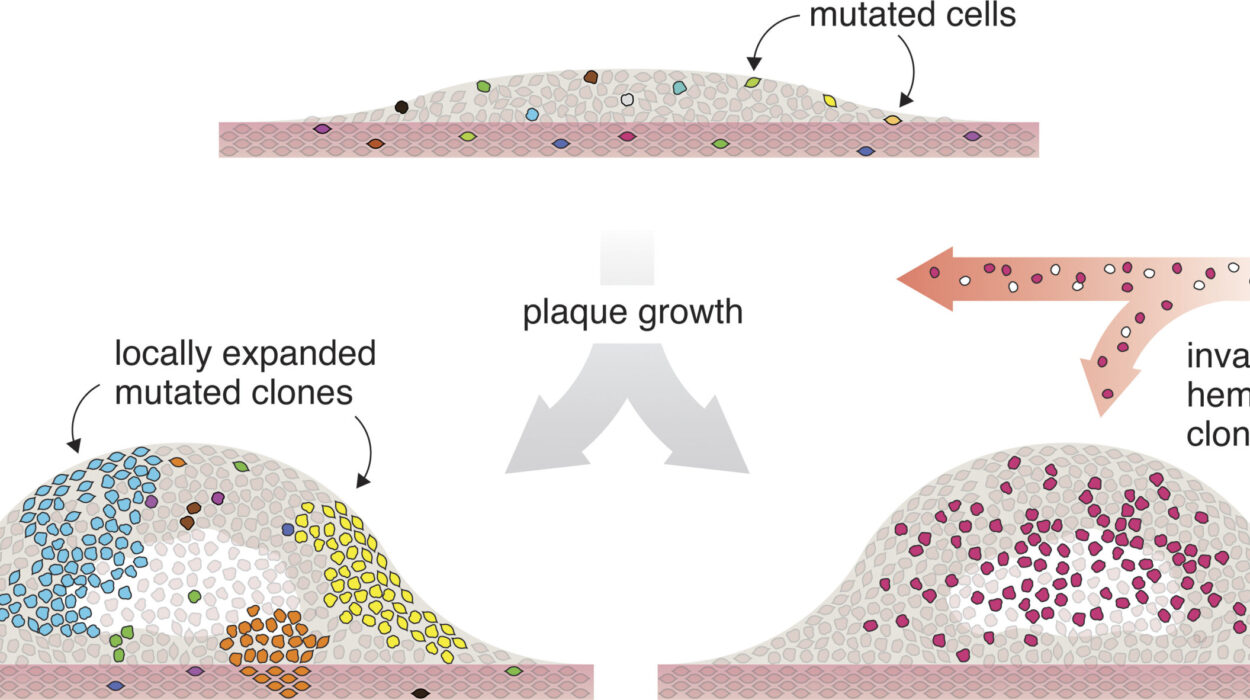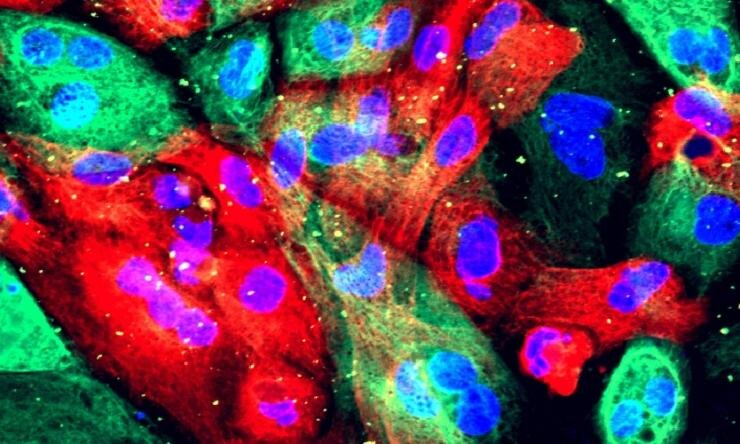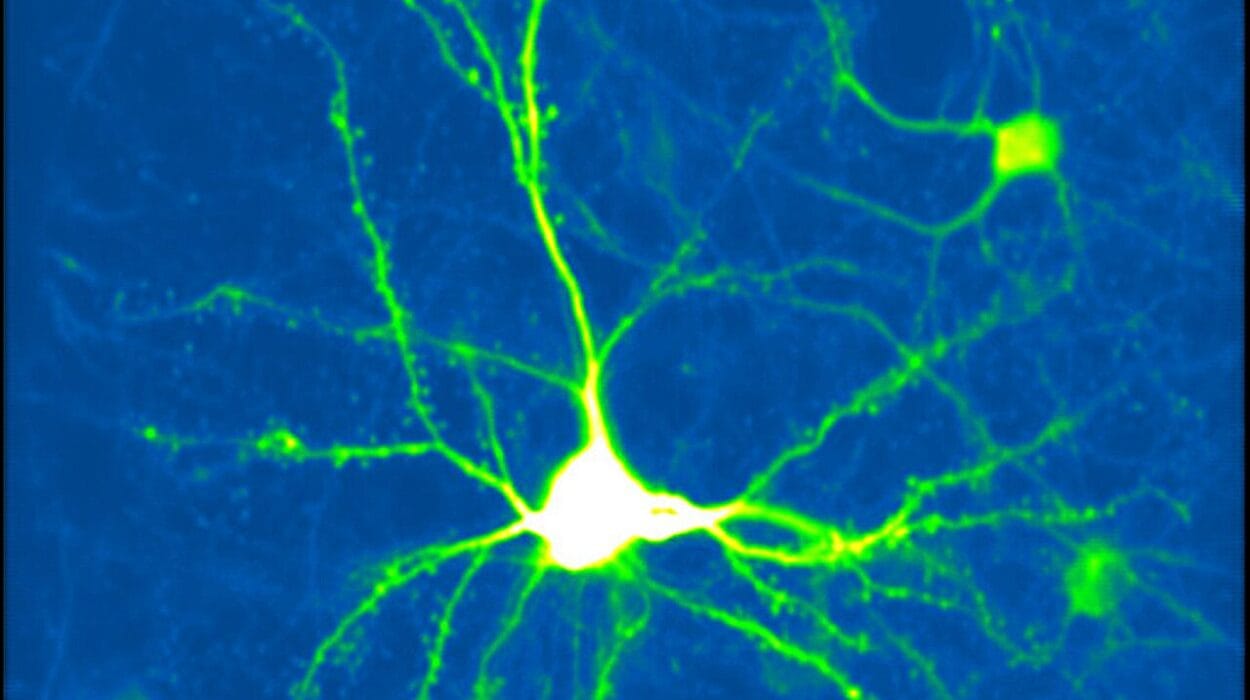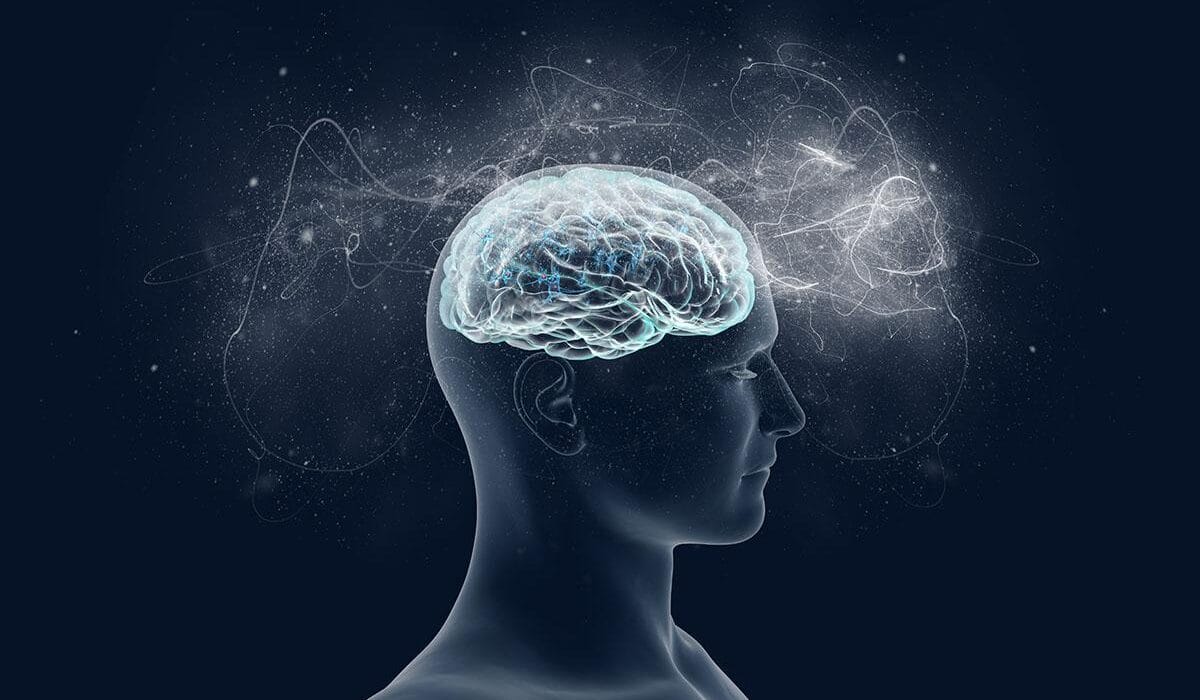At its core, birth control—whether it’s a pill, patch, ring, shot, implant, or IUD—is designed to do one key thing: prevent pregnancy. But it doesn’t stop there. These methods don’t simply draw a line in the sand and say, “No eggs, no babies.” They enter the command center of your body—your hormonal system—and subtly (or not-so-subtly) reshape the rhythm of your cycle.
To grasp how birth control affects your period, you need to understand how your natural cycle works first. The menstrual cycle is a finely tuned interplay of hormones—estrogen, progesterone, luteinizing hormone (LH), and follicle-stimulating hormone (FSH). These chemical messengers govern everything from ovulation to the thickening and shedding of your uterine lining. Every month, if no fertilization happens, hormone levels dip, your uterine lining sheds, and voilà—your period arrives.
Enter hormonal birth control. These contraceptives essentially hijack the system. They prevent ovulation, thin the uterine lining, and often change cervical mucus so sperm can’t swim easily. The result? A menstrual cycle that isn’t quite a cycle at all—at least not in the traditional sense. But more on that in a moment.
A Bleed That Isn’t Really a Period
Here’s something most women don’t learn in sex ed: when you’re on the pill (or using another form of hormonal birth control), the bleeding you get every month isn’t actually a “real” period. It’s what doctors call a “withdrawal bleed.” This bleeding happens because the hormone levels in your body suddenly drop during your placebo pill week or hormone-free interval, mimicking the natural dip that triggers a period.
But since ovulation hasn’t occurred, there’s no true menstrual cycle happening behind the scenes. Your uterine lining is often thinner, and the blood you’re shedding isn’t the same endometrial buildup that would have developed naturally. It’s like a dress rehearsal rather than the main event.
For many, this scheduled bleeding is a reassuring sign that things are functioning as expected. For others, it’s a source of confusion—especially when the timing, intensity, or presence of the bleed starts to shift over time. And that’s just the beginning of how birth control can rewrite your body’s hormonal script.
Regulating Chaos or Masking Symptoms?
One of the most common reasons people start birth control is to “regulate” an irregular cycle. And to be fair, it does a phenomenal job of imposing order on what can feel like hormonal mayhem. Women dealing with unpredictable periods, heavy bleeding, or the emotional rollercoaster of PMS often find relief through the use of hormonal contraceptives.
But here’s the catch: while birth control may create the appearance of a regular cycle, it’s often masking rather than fixing underlying hormonal imbalances. Conditions like polycystic ovary syndrome (PCOS), endometriosis, or thyroid dysfunction can lead to irregular or painful periods. The pill can suppress these symptoms, which can offer immediate relief—but it doesn’t treat the root cause. Once you stop taking it, the symptoms often return with a vengeance.
This is particularly important to understand if you plan to eventually come off birth control to try to conceive. You might not know how your body functions without it until you stop—and by then, you may be facing a whole new set of challenges.
Lighter, Shorter, and Sometimes Gone Entirely
For many women, starting hormonal birth control feels like winning the menstrual lottery. Periods become lighter, shorter, and less painful. Why? The hormones in birth control prevent the uterine lining from thickening as much as it normally would. Less lining means less to shed, which can translate to a barely-there period or no period at all.
Some birth control methods—like the hormonal IUD or the birth control shot—can eventually stop periods altogether. This is often a welcome change, particularly for those who suffer from heavy bleeding, anemia, or debilitating cramps. Not having a period doesn’t mean you’re unhealthy or that hormones are “building up” inside you. It simply means that the hormonal messages to grow and shed the uterine lining are being suppressed.
Still, for others, the absence of a period can feel unsettling. There’s a strong cultural association between menstruation and femininity, health, or fertility. So when your period disappears, even if intentionally, it can trigger anxiety or a sense of disconnect from your body. This is a deeply personal experience, and one that deserves thoughtful attention—not dismissal.
The Emotional Side of the Cycle: How Birth Control Can Affect Mood
It’s impossible to talk about the menstrual cycle without acknowledging the emotional landscape that comes with it. Hormonal fluctuations throughout the month can influence mood, energy, sleep, and even self-esteem. For some, these shifts are mild. For others, they’re seismic.
Birth control can level out the hormonal highs and lows by flattening the natural rise and fall of estrogen and progesterone. For some women, this is a godsend. It tames mood swings, reduces PMS, and helps stabilize the emotional rollercoaster.
But for others, the story is different. Some women report feeling emotionally blunted, anxious, or even depressed after starting hormonal contraception. There’s ongoing debate and research about the connection between birth control and mood changes, but some studies have suggested that adolescents in particular may be more vulnerable to developing depressive symptoms while on hormonal contraception.
This isn’t to say birth control is emotionally harmful across the board. It’s not. But it can affect brain chemistry, because hormones like estrogen interact with neurotransmitters such as serotonin and dopamine—those feel-good chemicals that influence mood and motivation.
So if you’ve started a new method and suddenly feel unlike yourself—weepy, withdrawn, or just “off”—your birth control could be playing a role. It’s worth discussing with your healthcare provider, and you should never feel ashamed of wanting to explore other options if something isn’t working for you.
Breakthrough Bleeding and Spotting: The Uninvited Guest
If you’ve started a new birth control method and found yourself bleeding mid-cycle, you’re not alone. Breakthrough bleeding is one of the most common side effects, particularly in the first few months. It happens as your body adjusts to new hormone levels, and it’s more likely if you’re on a low-dose pill, using the patch, or have a hormonal IUD.
This type of bleeding can be light and barely noticeable or persistent and disruptive. It’s usually not a sign of anything dangerous, but it can be frustrating—especially if you’re using birth control to avoid unpredictable bleeding in the first place.
Most of the time, breakthrough bleeding settles down within a few months as your body gets used to the new hormonal environment. If it doesn’t, it might be a sign that your current method isn’t a good fit. The good news? There are plenty of options, and finding the right one is often a matter of fine-tuning.
Coming Off Birth Control: A Whole New Cycle
Stopping birth control can feel like opening a door to a body you haven’t met in years. Many women are surprised by what they experience when they go off the pill or remove an IUD. Your natural hormones wake up again—but they might not be the same as they were before you started.
It can take a few months (or longer) for your cycle to regulate, especially if you were on birth control for years. You may experience irregular periods, acne, mood changes, or the return of symptoms that birth control once masked.
Some people experience what’s known as “post-pill amenorrhea”—a delayed return of their period. This is typically temporary, but if your period doesn’t come back within three to six months, it’s worth checking in with your provider to rule out underlying issues like PCOS or thyroid imbalance.
Others find that their natural cycle returns quickly and regularly, with improved clarity about their fertility signs—like cervical mucus, basal body temperature, and ovulation symptoms. For women tracking their cycle for conception or general health, this reconnection with their body can be empowering and enlightening.
Fertility Awareness and Natural Rhythms
Once you’re off hormonal birth control, your body starts communicating again in ways that were muted before. You might notice changes in vaginal discharge, libido, energy levels, or mood tied to different phases of your cycle. Learning to interpret these signals can be eye-opening.
Fertility Awareness Methods (FAMs) rely on tracking your cycle’s biomarkers to identify fertile and infertile days. For those interested in non-hormonal contraception or simply understanding their cycle better, this method provides a hormone-free alternative that can be highly effective when practiced correctly.
While hormonal birth control simplifies your cycle by suppressing it, fertility awareness leans into it. Both approaches have value—it depends on your goals, comfort level, and personal preferences.
A Word on Non-Hormonal Birth Control
Not all birth control methods affect your cycle the same way. Copper IUDs, for example, provide highly effective contraception without altering your hormonal landscape. However, they can lead to heavier or more painful periods for some users, especially in the first few months.
Barrier methods like condoms and diaphragms have no impact on your cycle at all. They leave your natural hormones untouched, which can be ideal for those who want to preserve their cyclical rhythm while preventing pregnancy.
These options are especially worth considering for women who are sensitive to hormonal changes or have medical conditions that make hormone-based methods risky.
The Myth of “Resetting” Your Cycle
There’s a persistent myth that going off birth control helps your body “reset” or “detox” your cycle. But the truth is, there’s nothing toxic about being on hormonal contraception. It’s not damaging your fertility or “tricking” your body in some sinister way. It’s simply putting your reproductive system on pause.
That said, your cycle may need time to find its rhythm again after you stop. Your brain and ovaries have to reestablish communication, and that process can take time. Supportive practices like balanced nutrition, stress management, sleep, and gentle exercise can all help ease the transition.
Choosing the Right Path for You
Ultimately, how birth control affects your cycle is deeply individual. Some women feel empowered and free on the pill or patch, relieved from painful periods and able to live without the anxiety of an unplanned pregnancy. Others feel disconnected or frustrated by side effects and prefer to embrace their natural cycle, however messy it may be.
There’s no one-size-fits-all answer. The best choice is the one that aligns with your health needs, values, and lifestyle. And you have the right to change your mind at any time.
The conversation about birth control is too often reduced to binary choices: hormonal vs. non-hormonal, natural vs. medical. But your body is complex, and your life is dynamic. What works for you at 20 may not serve you at 30 or 40. The key is staying informed, curious, and connected to how your body responds.
Listening to Your Body’s Wisdom
Your menstrual cycle is more than just a countdown to your next period—it’s a window into your overall health. Whether you’re on birth control or not, tuning into your body’s rhythms can help you understand your fertility, your mood, your energy levels, and your hormonal well-being.
If birth control is part of your health plan, use it with intention and awareness. Know what it’s doing, how it might change your cycle, and what to expect if you ever decide to stop. If you’re navigating side effects, don’t suffer in silence. There are options. There are solutions. And there are professionals who will take your concerns seriously.
More than anything, remember that your cycle is not a problem to be fixed—it’s a part of your identity, your biology, your story. Birth control is a powerful tool, but you are the one holding it.






